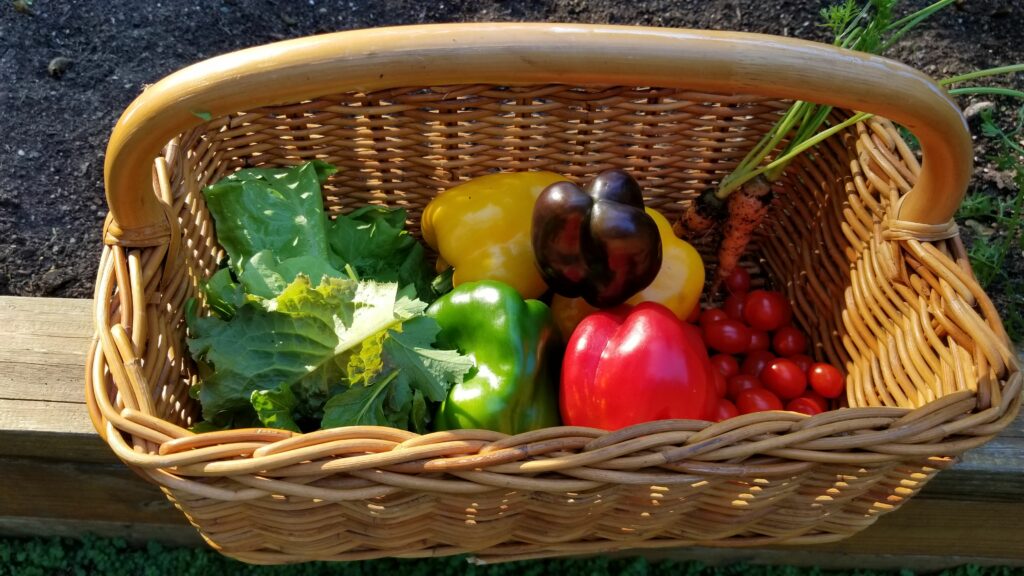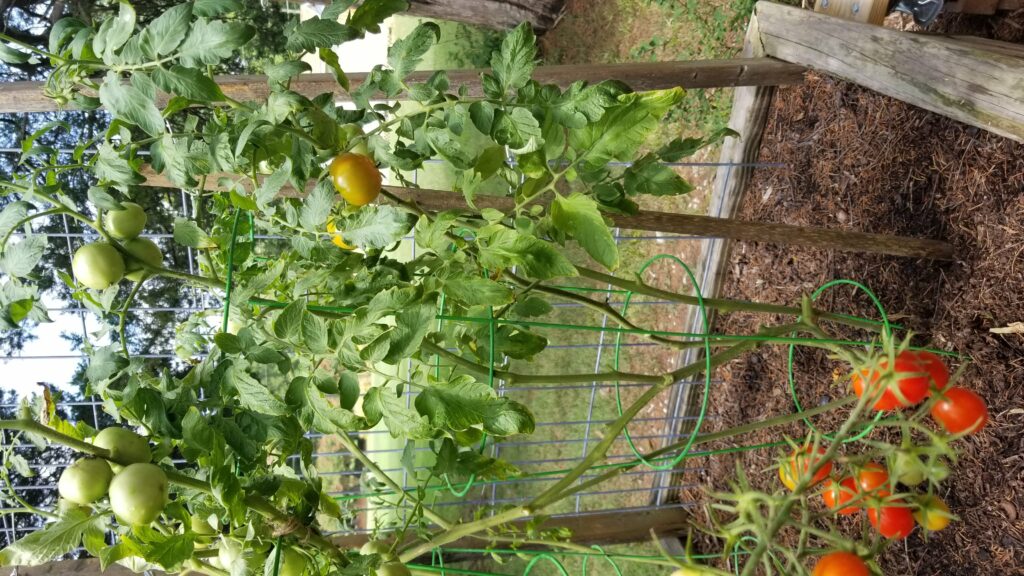Garden to Wellness: June’s Therapeutic Connection
go.ncsu.edu/readext?1068657
en Español / em Português
El inglés es el idioma de control de esta página. En la medida en que haya algún conflicto entre la traducción al inglés y la traducción, el inglés prevalece.
Al hacer clic en el enlace de traducción se activa un servicio de traducción gratuito para convertir la página al español. Al igual que con cualquier traducción por Internet, la conversión no es sensible al contexto y puede que no traduzca el texto en su significado original. NC State Extension no garantiza la exactitud del texto traducido. Por favor, tenga en cuenta que algunas aplicaciones y/o servicios pueden no funcionar como se espera cuando se traducen.
Português
Inglês é o idioma de controle desta página. Na medida que haja algum conflito entre o texto original em Inglês e a tradução, o Inglês prevalece.
Ao clicar no link de tradução, um serviço gratuito de tradução será ativado para converter a página para o Português. Como em qualquer tradução pela internet, a conversão não é sensivel ao contexto e pode não ocorrer a tradução para o significado orginal. O serviço de Extensão da Carolina do Norte (NC State Extension) não garante a exatidão do texto traduzido. Por favor, observe que algumas funções ou serviços podem não funcionar como esperado após a tradução.
English
English is the controlling language of this page. To the extent there is any conflict between the English text and the translation, English controls.
Clicking on the translation link activates a free translation service to convert the page to Spanish. As with any Internet translation, the conversion is not context-sensitive and may not translate the text to its original meaning. NC State Extension does not guarantee the accuracy of the translated text. Please note that some applications and/or services may not function as expected when translated.
Collapse ▲Cultivating Well-being: How National Fresh Fruit & Vegetables Month Thrives with Therapeutic Horticulture
June bursts forth in a vibrant display of color and flavor, heralding National Fresh Fruit & Vegetables Month. While many celebrate the season’s bounty with trips to farmers’ markets and delicious recipes, this annual observance also offers a fertile ground for exploring the profound connection between nature’s gifts and our well-being, particularly through the lens of therapeutic horticulture.
Therapeutic horticulture, simply put, is the purposeful use of plants and plant-based activities to promote physical, psychological, and social well-being. It’s about harnessing the inherent restorative power of nature to nurture growth – both in the garden and within ourselves.
So, how does a month dedicated to fresh produce intertwine with the therapeutic benefits of working with plants? The connection is richer and more meaningful than you might initially think.
Sowing Seeds of Wellness: The Active Connection
Just as we actively engage in selecting, preparing, and savoring fresh fruits and vegetables, therapeutic horticulture encourages active participation in the life cycle of plants. From sowing tiny seeds that might eventually yield juicy tomatoes or crisp lettuce, to tending the soil that nourishes vibrant berries, these hands-on activities offer a multitude of benefits:
- Physical Activity: Digging, planting, weeding, and harvesting provide gentle yet effective exercise, improving strength, dexterity, and motor skills. Think of the satisfying stretch as you reach for ripe strawberries or the mindful bending involved in tending a row of beans– or in weeding the garden so that our food-bearing plants don’t have to compete with weeds for water and nutrients.
- Sensory Stimulation: The garden is a feast for the senses! The vibrant hues of ripening peppers, the fragrant aroma of herbs and tomatoes, the varied textures of leaves and soil – all engage our senses in a way that can be calming and grounding. Even the simple act of washing freshly picked vegetables under cool water can be a tactile delight.
- Mindful Engagement: Gardening requires focus and attention, drawing us into the present moment and away from daily stressors. The rhythmic tasks of watering, weeding or pruning can be meditative, offering a space for quiet reflection and reducing mental fatigue. Observing the gradual growth of a plant from a tiny seedling to a fruit-bearing marvel fosters patience and a sense of wonder.
Harvesting Inner Growth: The Passive Connection
Even without actively participating in gardening tasks, simply being in the presence of a thriving garden or enjoying the fruits (and vegetables!) of someone else’s labor can be deeply therapeutic:
- Stress Reduction: Studies have shown that spending time in green spaces lowers cortisol levels, the body’s stress hormone. The natural beauty and tranquility of a garden provide a respite from the often-demanding pace of modern life. Imagine the calming effect of sitting amidst rows of colorful vegetables basking in the summer sun.
- Improved Mood: The sights, sounds, and smells of a garden can evoke positive emotions and a sense of peace. The satisfaction of harvesting a homegrown tomato or the simple pleasure of arranging a bouquet of freshly picked herbs can boost mood and self-esteem.
- Connection to Nature: In an increasingly urbanized world, therapeutic horticulture reconnects us with the natural world, fostering a sense of belonging and environmental stewardship. Appreciating the journey of a seed to a plate of nutritious food deepens our understanding of where our sustenance comes from.
June’s Bounty: A Catalyst for Therapeutic Engagement
National Fresh Fruit & Vegetables Month provides a perfect springboard for incorporating therapeutic horticulture principles into our lives and communities. Consider these ideas and explore the links for resources:
- Start a small container garden: Even a balcony or windowsill can host herbs, salad greens, or strawberries. The act of nurturing these plants and harvesting your own fresh ingredients can be incredibly rewarding.
- Visit a local farmers’ market: Engage your senses by exploring the vibrant array of seasonal produce. Talk to the farmers about their growing practices and appreciate the connection between the land and the food on your plate, while you contribute vital support to your local agriculture community.
- Volunteer at a community garden: Many community gardens offer opportunities to get your hands dirty and contribute to a shared green space while connecting with others.
- Incorporate fresh produce into mindful cooking: The act of preparing a meal with fresh, colorful ingredients can be a therapeutic experience in itself, engaging your senses and fostering creativity.
This June, as we celebrate the abundance of fresh fruits and vegetables, let’s also recognize the profound connection between nature’s gifts and our well-being. By embracing the principles of therapeutic horticulture, whether through active gardening or simply appreciating the beauty and bounty around us, we can cultivate not only healthy bodies but also healthier minds and spirits. Let the vibrant energy of the season inspire us to sow seeds of wellness in our own lives and communities!






